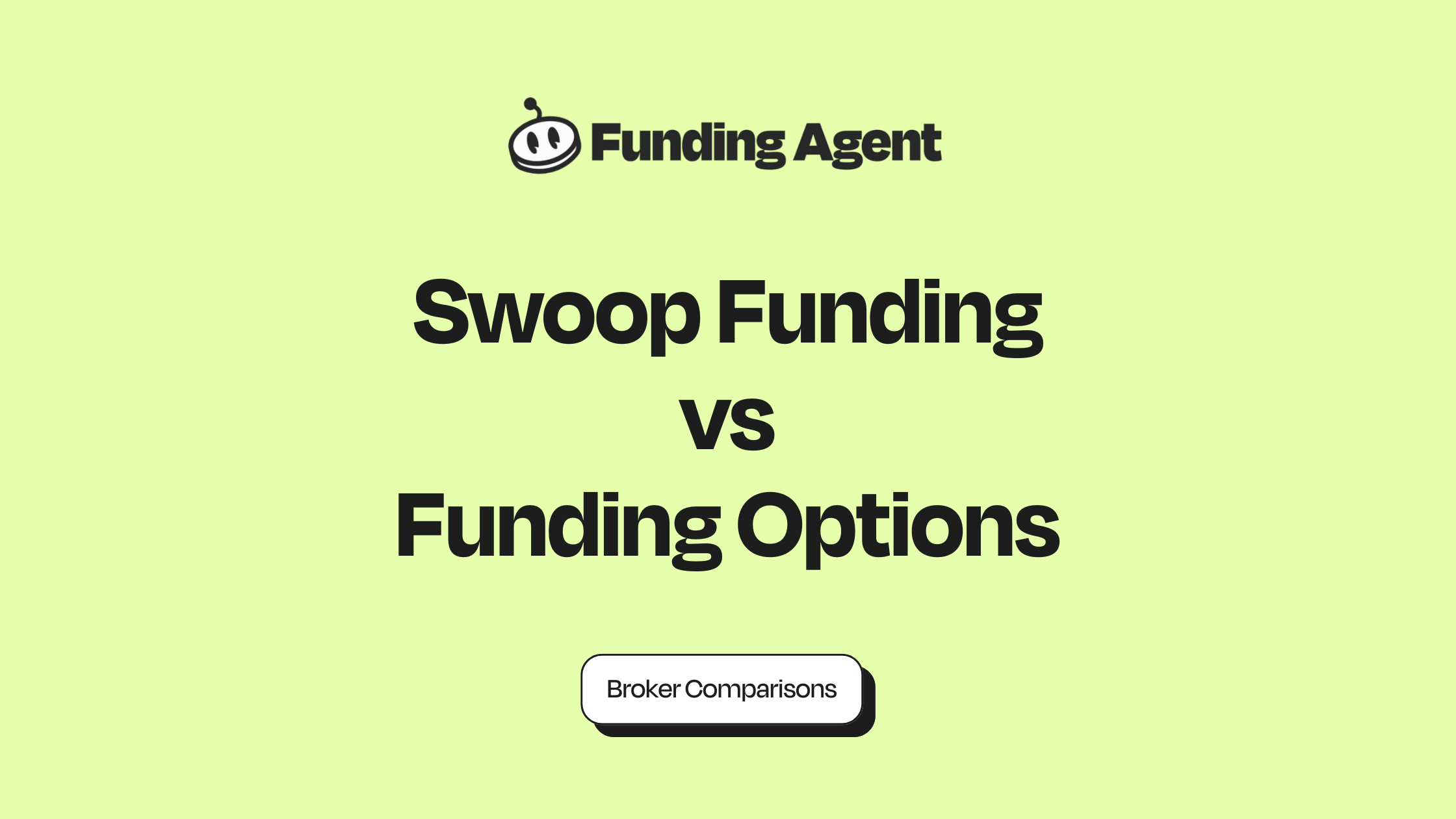Understanding Revolving Credit Loans: A Comprehensive Guide
Revolving Credit Loans offer UK SMEs a flexible financing option, acting like a line of credit allowing businesses to draw, repay, and redraw funds as needed, up to a credit limit. This flexibility suits managing cash flow and unexpected expenses. Explore how our solutions can support your financial agility.
- Quick and easy application process
- Loan disbursed within 24 hours
- No additional charges for early repayment


We Like To Keep Things Simple



to
£500K
zero hidden fees

What are the benefits of Revolving Credit Loans?
With Revolving Credit Loans, enjoy the flexibility of borrowing just what you need and paying interest only on drawn amounts. These loans ensure fast access to funds, with borrowing capacities from £500 to £250,000, tailored to your business's needs. Leverage our expertise to navigate favourable terms and seamless processes.



What are the different types of Revolving Credit Loans?
Traditional Bank Overdraft
Typically requires a business account, offering £1,000 to £50,000 with annual reviews. Explore how we can assist with securing favourable terms.
Business Credit Card
Offering £500 to £25,000 with flexible terms. Learn how our services make securing a card straightforward.
Online Revolving Credit Facility
Offers £10,000 to £250,000 with renewal options. Our platform can expedite your application process.
What is a Revolving Credit Loan?

Application Process and Decision Time
Applications vary by provider but typically involve financial document submissions and credit assessments, with faster decisions online. With our expertise, streamline your process from application to fund acquisition within days.

Regulatory Compliance
Subject to FCA regulations, these loans ensure transparency in terms and costs. Our intimate knowledge of compliance helps safeguard your financial interests.

Borrowing Capacity and Rates
With amounts from £500 to £250,000 based on turnover and credit, interest rates reflect business health. Our services optimise lending conditions, offering competitive rate navigation strategies.



